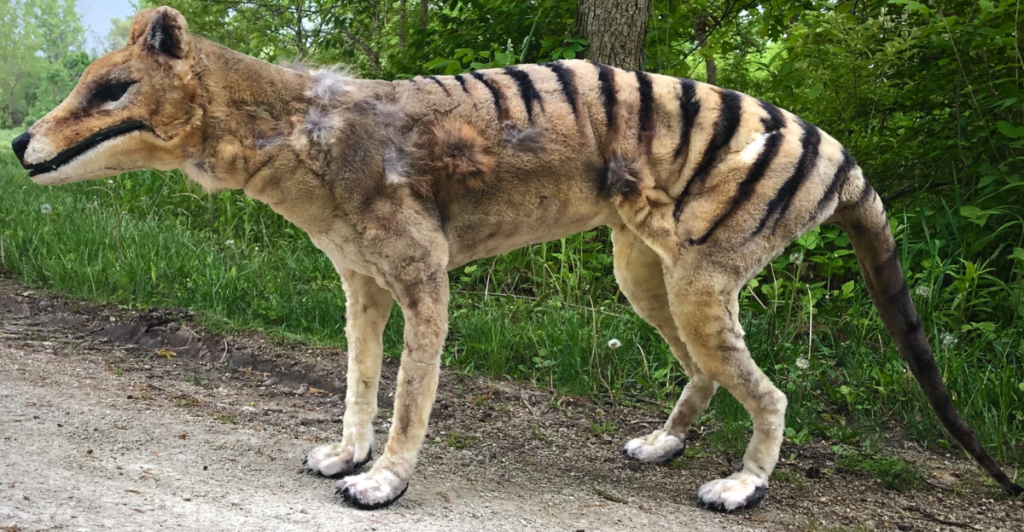
The idea of bringing extinct animals back to life once seemed like pure science fiction, but technological advances in genetics and cloning are making it a real possibility. Scientists are exploring ways to revive species that have been lost due to habitat destruction, climate change, and human activity.
1. Woolly Mammoth
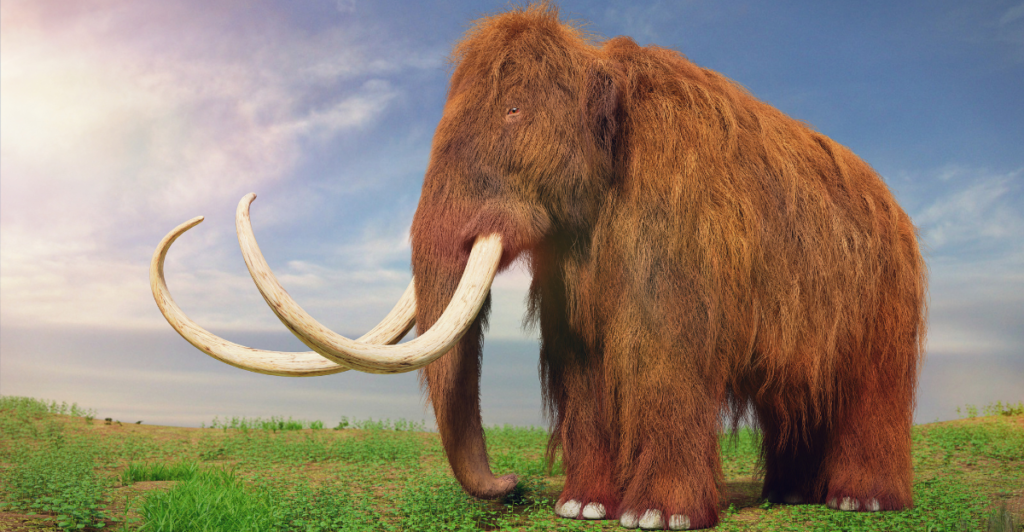
This Ice Age giant that roamed the tundras of Europe, North America, and Asia might soon walk the Earth again, thanks to groundbreaking genetic research. Scientists are using CRISPR technology to edit the DNA of Asian elephants—close relatives of the mammoth—to create a cold-resistant hybrid with mammoth-like traits. Their goal is to bring back an iconic species and help combat climate change by restoring Arctic ecosystems, where mammoths once trampled down snow, preventing permafrost from melting.
2. Dodo
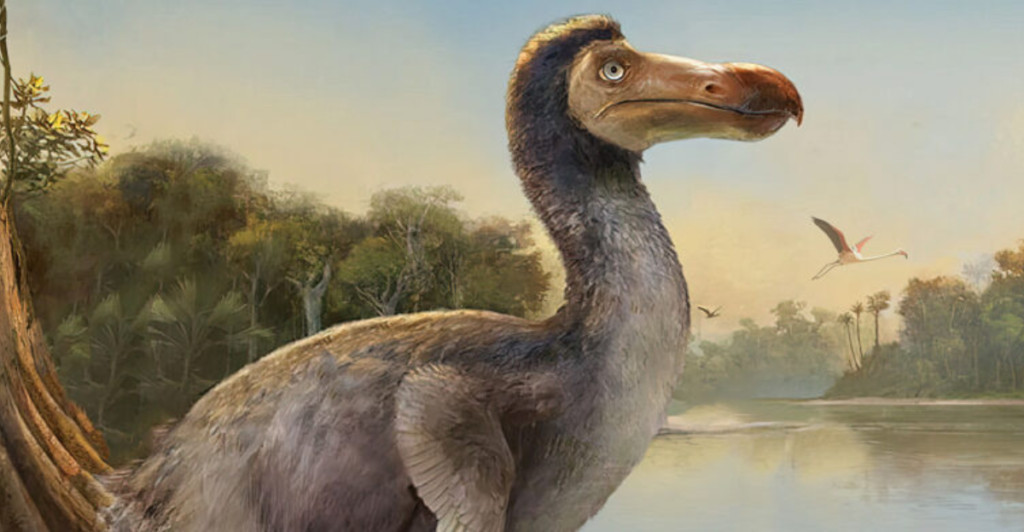
This flightless bird native to Mauritius, became extinct in the late 1600s due to overhunting and the introduction of invasive species by European sailors. Now, scientists are working to bring this quirky bird back using DNA from its closest living relative, the Nicobar pigeon. By editing and implanting dodo-like genetic traits into pigeon embryos, researchers hope to reintroduce a version of the dodo to its former habitat.
3. Tasmanian Tiger
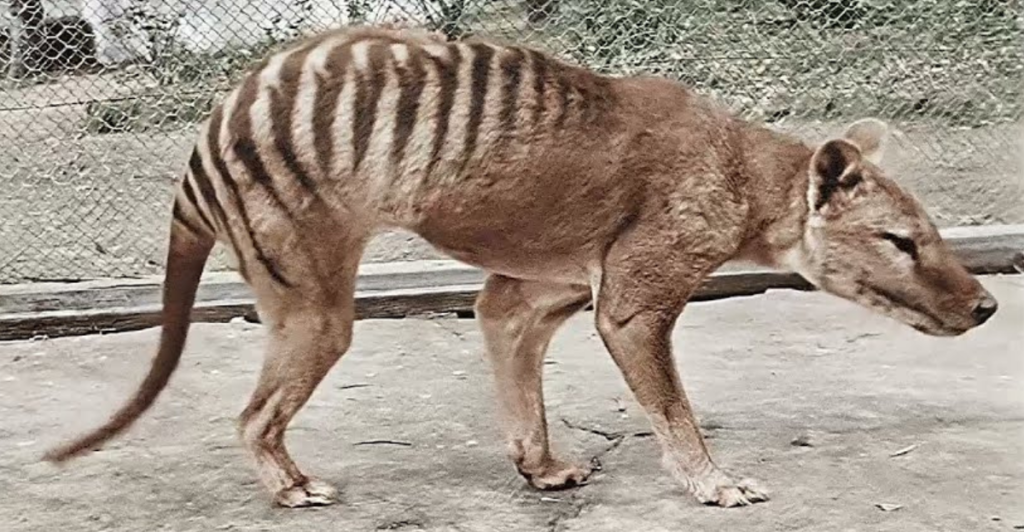
This species once roamed Australia, Tasmania, and New Guinea before being declared extinct in 1936. By extracting DNA from preserved thylacine specimens and comparing it to the closely related numbat and dunnart, researchers aim to create a living, breathing thylacine once again. If successful, reintroducing this apex predator could help restore balance to ecosystems that have suffered from an overabundance of invasive species.
4. Carolina Parakeet
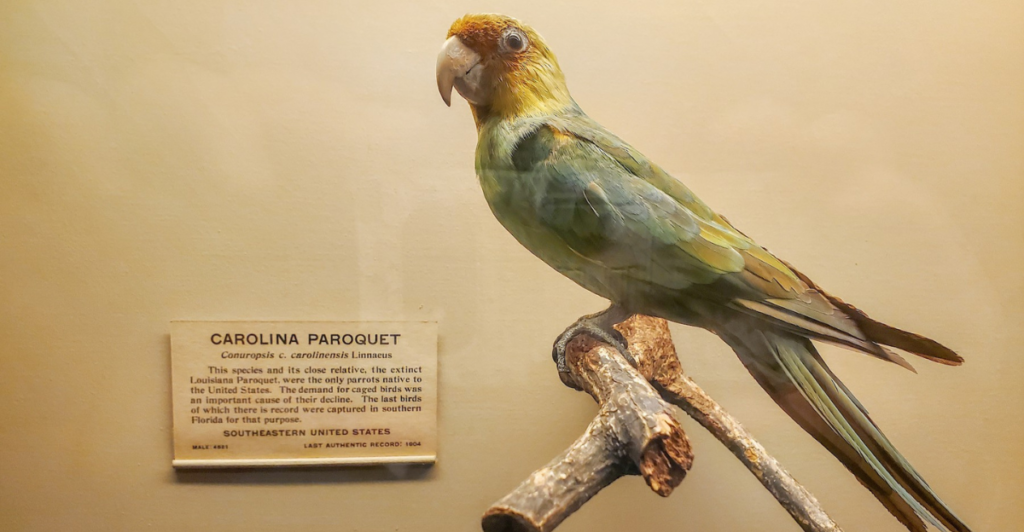
Once the only native parrot species in the United States, the South American sun parakeet was declared extinct in the early 20th century due to habitat destruction, hunting, and disease. Known for its striking green, yellow, and orange plumage, this social and intelligent bird played a vital role in its ecosystem by dispersing seeds across forests and wetlands. By editing the genes of a South American sun parakeet and using cloning techniques, researchers hope to bring back a version of this lost species.
5. Passenger Pigeon
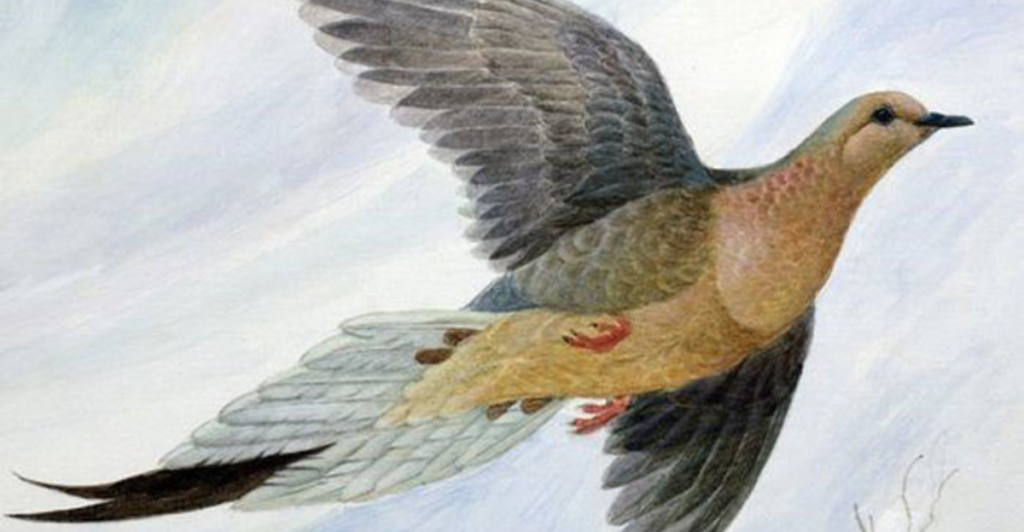
The passenger pigeon was one of North America’s most abundant bird species before being driven to extinction by overhunting and habitat destruction in the early 1900s. Scientists are now working to bring this iconic bird back by splicing passenger pigeon DNA into the genome of its closest living relative, the band-tailed pigeon. Their goal is to reintroduce flocks of passenger pigeons to Eastern U.S. forests, where they once played a crucial role in shaping the ecosystem by breaking up dense tree growth and spreading seeds.
6. Quagga
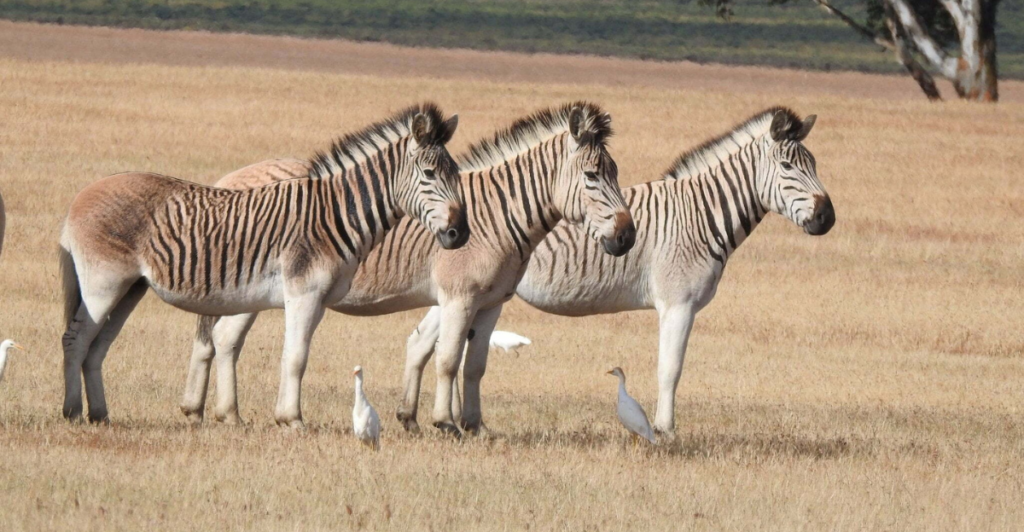
This subspecies of the plains zebra, once roamed the grasslands of South Africa before being hunted to extinction in the late 19th century. Unlike modern zebras, the quagga had distinct brown-and-white striping on its front half, fading into a solid brown coat toward the rear. While no preserved DNA is intact enough for cloning, scientists with the Quagga Project selectively breed zebras with quagga-like traits to bring back an animal that closely resembles its extinct ancestor.
7. Moa
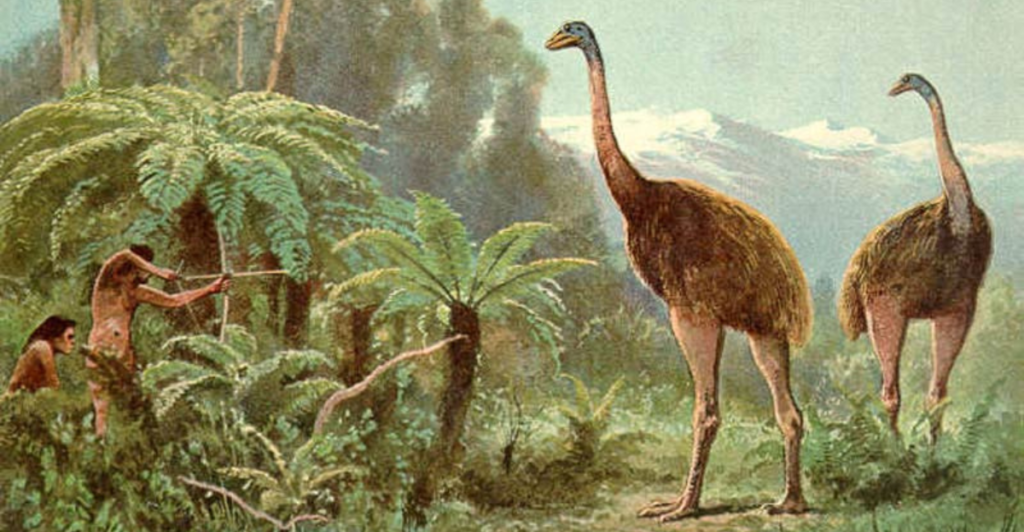
This flightless bird native to New Zealand, was driven to extinction around 600 years ago due to overhunting by the Māori and habitat destruction. Some moa species stood over 12 feet tall, making them one of the largest birds ever. Scientists are exploring the possibility of bringing them back using DNA extracted from well-preserved moa bones and eggshells. By editing the genome of their closest living relative, the emu, researchers hope to recreate a modern version of the moa.
8. Irish Elk
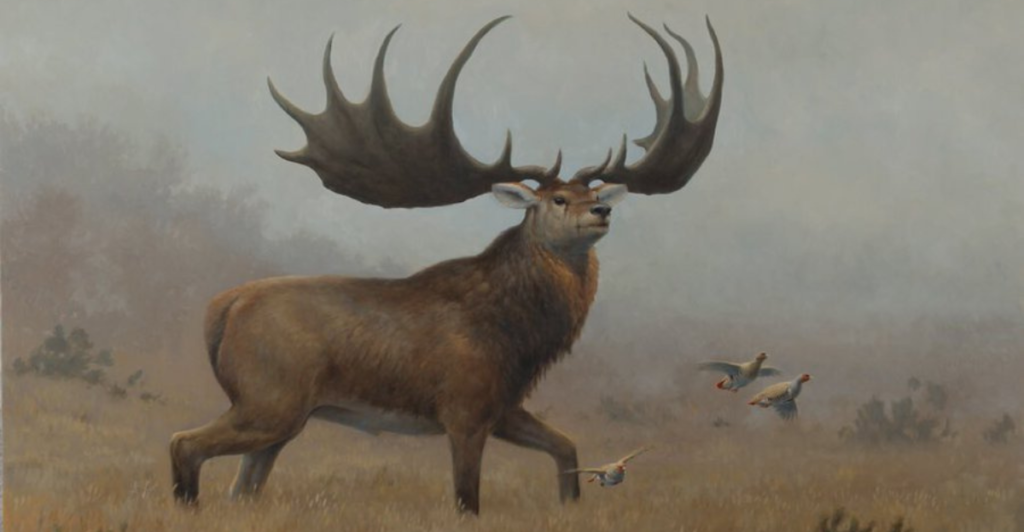
They were one of the largest deer species ever, roaming Europe and parts of Asia until they went extinct roughly 7,700 years ago. Known for its massive antlers, which could span up to 12 feet across, this giant herbivore thrived in open woodlands and grasslands. Scientists believe that well-preserved DNA from Irish elk fossils could be used to genetically modify existing deer species, like the fallow deer or red deer, to recreate a close relative of this prehistoric giant.
9. Baiji River Dolphin
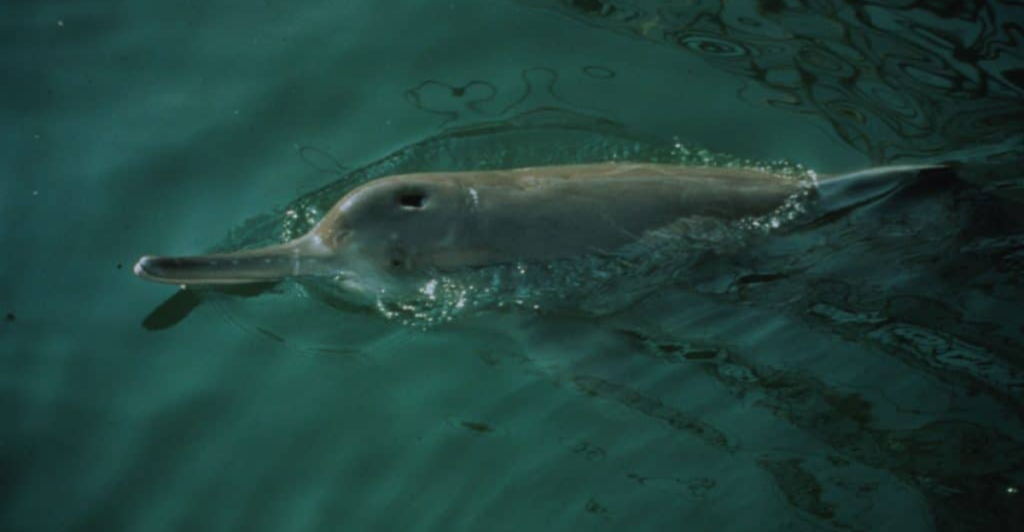
This species was declared functionally extinct in 2006 due to habitat destruction, pollution, and increased boat traffic in China’s Yangtze River. As one of the only freshwater dolphins in the world, its disappearance marked a devastating biodiversity loss. Scientists are exploring ways to bring the Baiji back using preserved DNA and potentially hybridizing it with the closely related finless porpoise, which still inhabits the Yangtze.
10. Great Auk
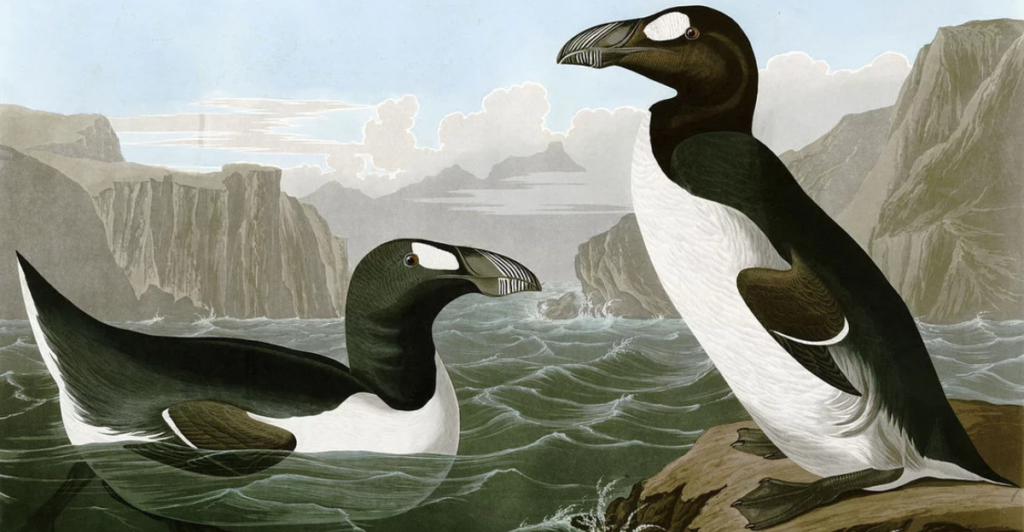
This seabird, which once thrived across the North Atlantic, was driven to extinction in the mid-1800s due to excessive hunting for its feathers, meat, and eggs. Standing about three feet tall, this penguin-like bird was a powerful swimmer, using its wings to navigate the icy waters where it hunted fish. Now, scientists are exploring the possibility of bringing the excellent auk back using DNA extracted from preserved specimens, with the idea of modifying the genes of its closest living relative, the razorbill.
11. Steller’s Sea Cow
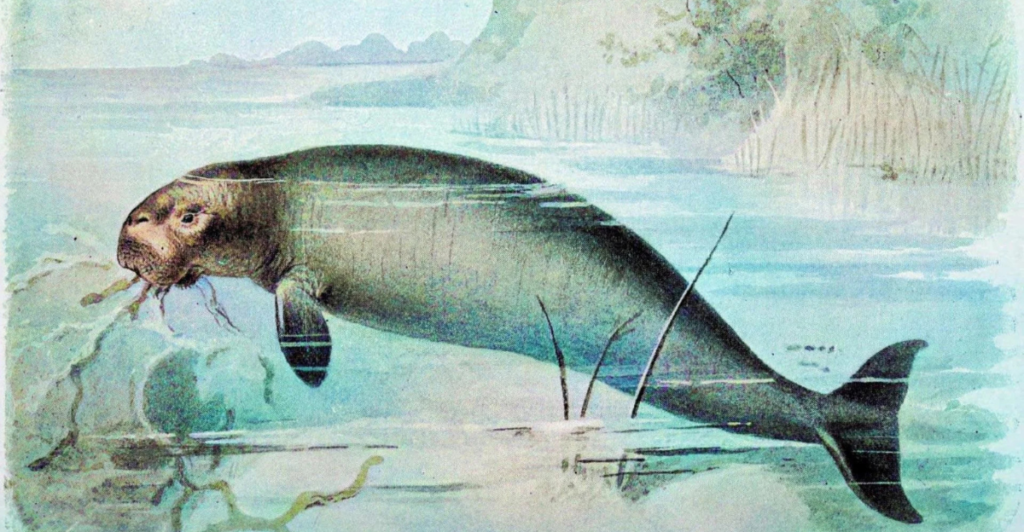
This massive marine mammal closely related to the dugong and manatee, was hunted to extinction just 27 years after its discovery in 1741. Once found in the cold waters of the North Pacific, this gentle giant could grow up to 30 feet long and weigh over 10 tons. Unlike its modern relatives, Steller’s sea cow thrived in frigid environments, feeding on kelp and playing a crucial role in maintaining healthy coastal ecosystems. Scientists consider reviving this species using genetic material from its closest living relatives.
12. Huia
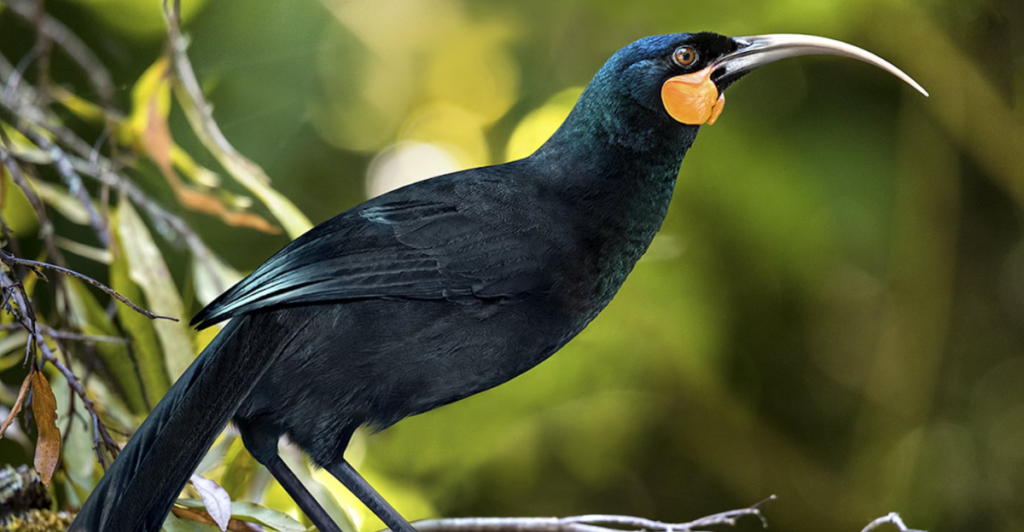
This bird, native to New Zealand, was last seen in the early 20th century, driven to extinction by habitat destruction and overhunting for its prized tail feathers. Known for its glossy black plumage and the remarkable difference in beak shape between males and females—a rare trait among birds—the huia played a crucial role in seed dispersal and forest health. Scientists are now exploring the possibility of resurrecting the huia by extracting DNA from museum specimens and editing the genome of its closest living relative, the tui.
Discover more of our trending stories and follow us to keep them appearing in your feed

Scientists Are Bringing Back The Wooly Mammoth
Scientists Are Exploring The De-Extinction Of Woolly Mammoths And It’s Closer Than We Think
The War on Cows Is Over—And Green Extremists Have Lost
Bobcats Are Making a Comeback—And They Might Be Protecting Us From Disease
References:
Reference 1
Reference 2
Reference 3
This article first appeared here
Stay connected with us for more stories like this! Follow us to get the latest updates or hit the Follow button at the top of this article, and let us know what you think by leaving your feedback below. We’d love to hear from you!







